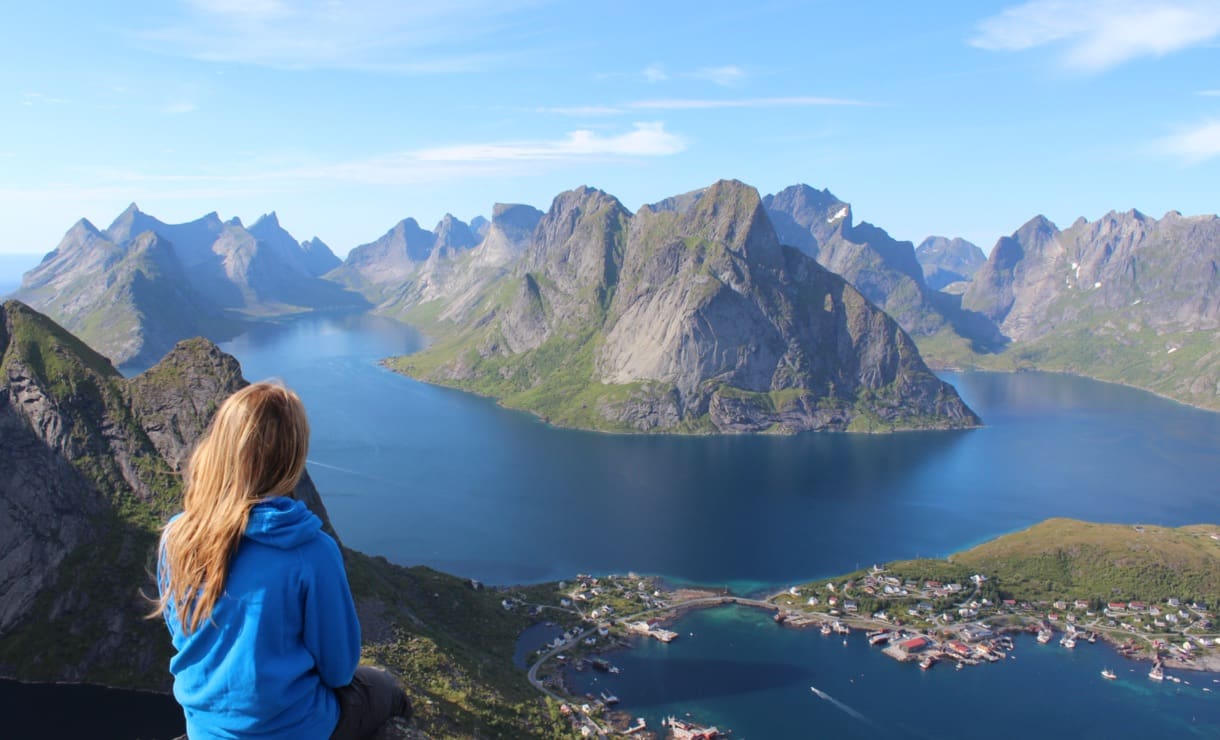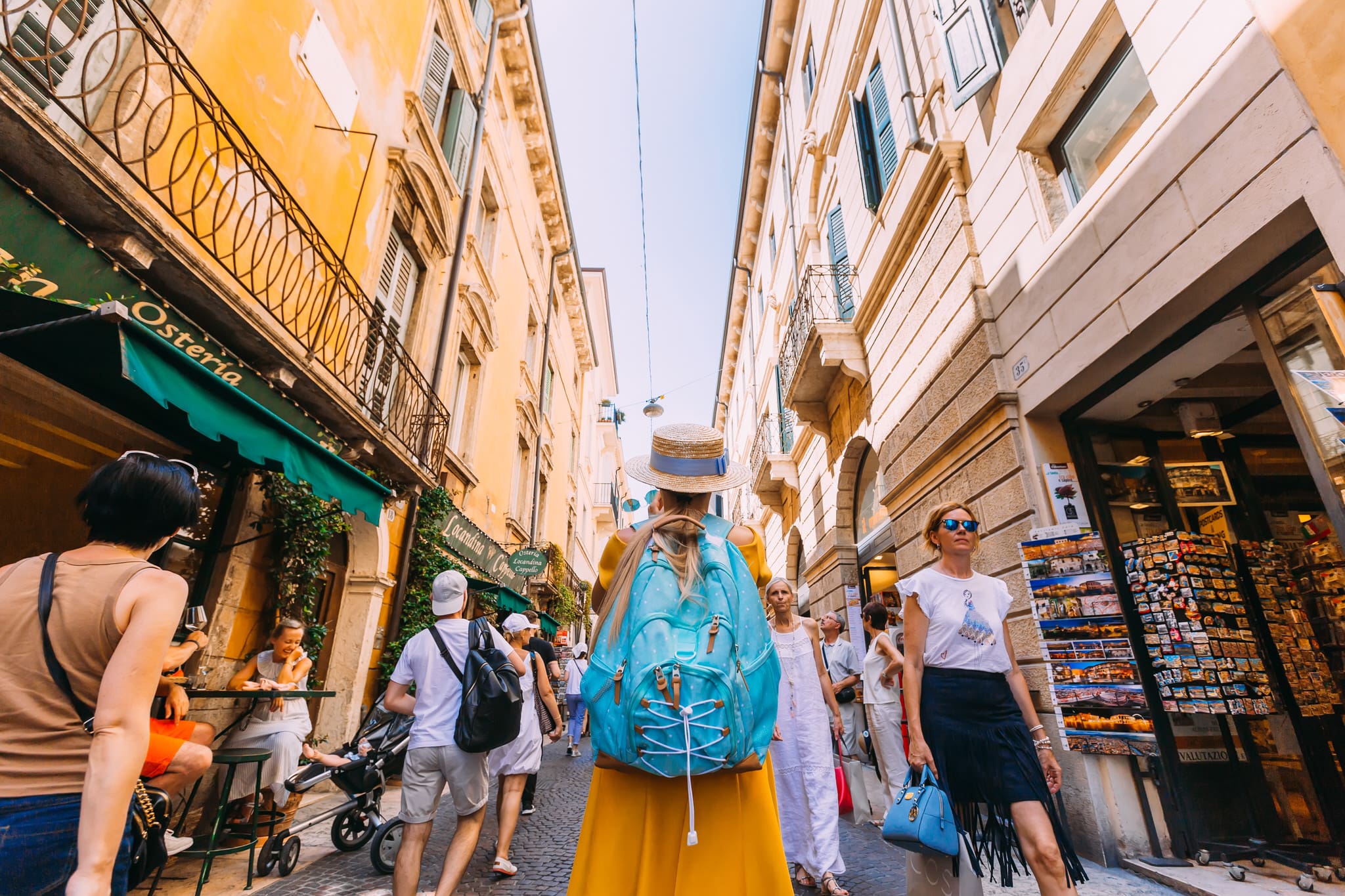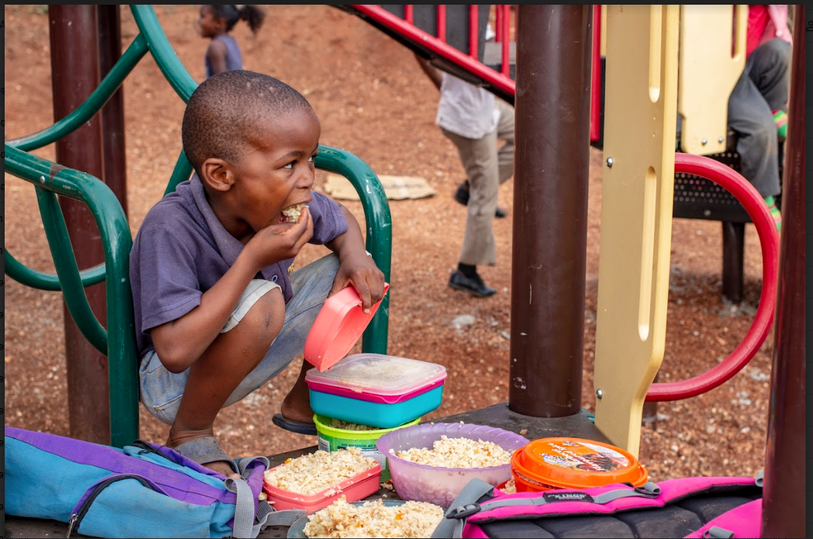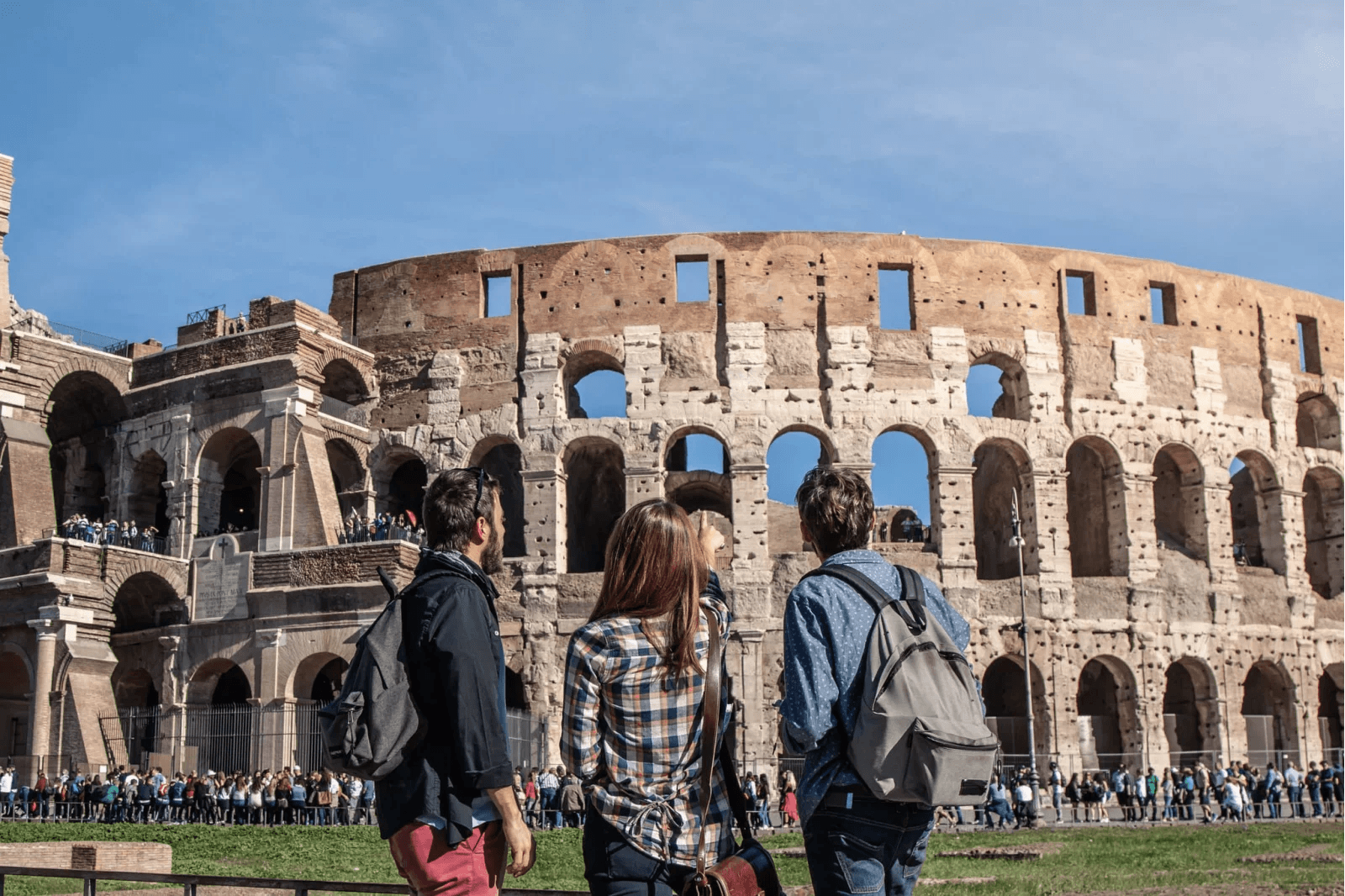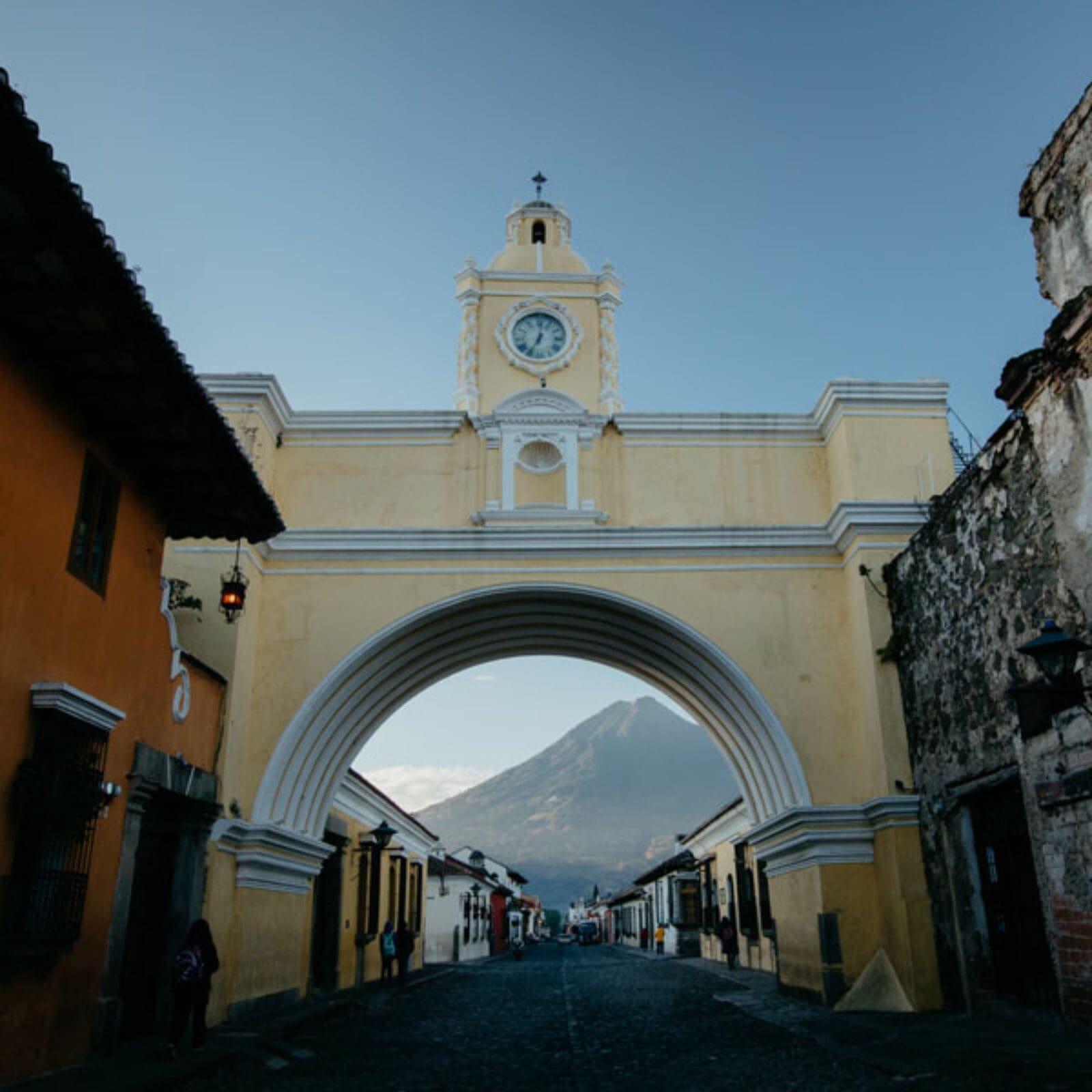I’m in Rwanda, a land that is known for its rolling hills, rich coffee beans, and diverse wildlife, like the famous Silverback Gorilla.
Unfortunately, when most of us hear the word Rwanda, our first thought is not about any of those things. Instead we imagine a land whose history has been marred by a dark and deeply troubled period. We imagine a people whose stories are so painful and so unreal that we’d prefer not to re-tell them, for their sake but also for our own. As Westerners, many of us are ashamed of ourselves for allowing such a story to be grafted into history, a story that involves the mass genocide of over a million people about which the Western world did basically nothing to stop.
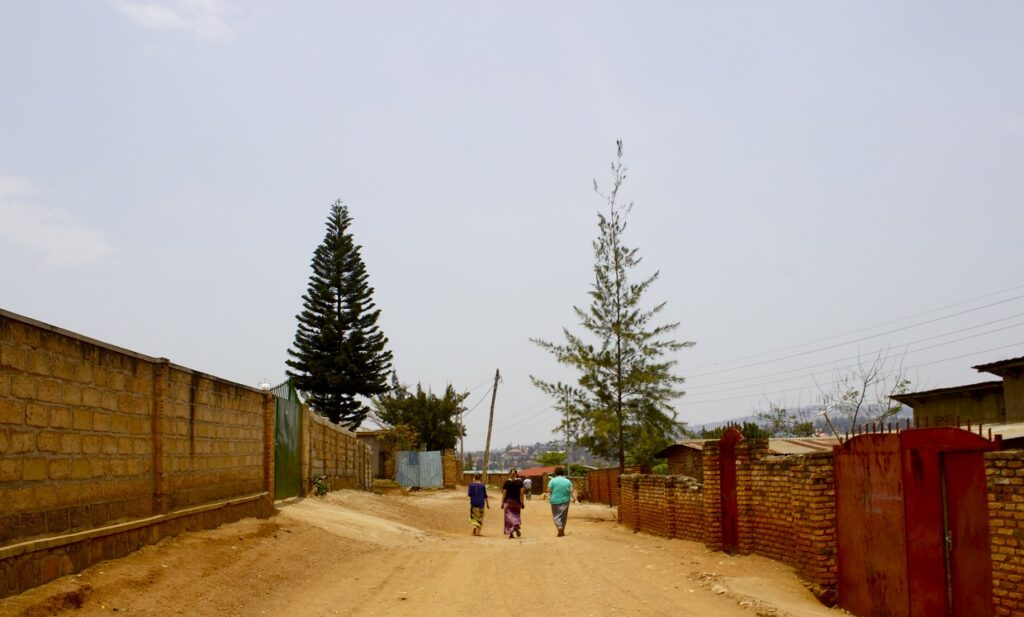
The day after we arrived in Rwanda, our pastor arranged for us to visit the Genocide Memorial in Kigali before we jumped into ministry here. Now, I consider myself to be pretty well informed about the colonial and post-colonial history of Rwanda, and I also know a lot about the genocide. Visiting the memorial was such a worthwhile (and difficult) experience though.
For an hour, I wandered through the museum reading the plaques and staring at pictures. I found myself walking through history, beginning in the colonization period when Europeans brought their Western medicine and education and eugenic ideology to a continent that wasn’t interested in being colonized. I read about the legislation implemented by Belgians, which was the catalyst that eventually burgeoned into a mass genocide justified by racism and eugenics.
I walked past display cases lined with machetes and clubs and read plaques that told me the Hutus wanted to use the bluntest objects they could so as to prolong the death and suffering of the Tutsis.
I looked at the portraits of Tutsi women who survived the genocide, but were the victims of the most vicious war crime: rape by Hutu men who were known to be HIV+. Though the women were not macheted to death, they often were forced to watch their husbands and children be murdered, then were condemned to a life of degenerating health because they were gang raped and left without any access to health care.
There was one room whose walls were completely lined with bones. Skulls were arranged between femur bones, some belonging to adults and others belonging to children. The room was dark and quiet, but the bones seemed to be giving off a very loud and icy scream, completely inaudible yet absolutely unmistakable.
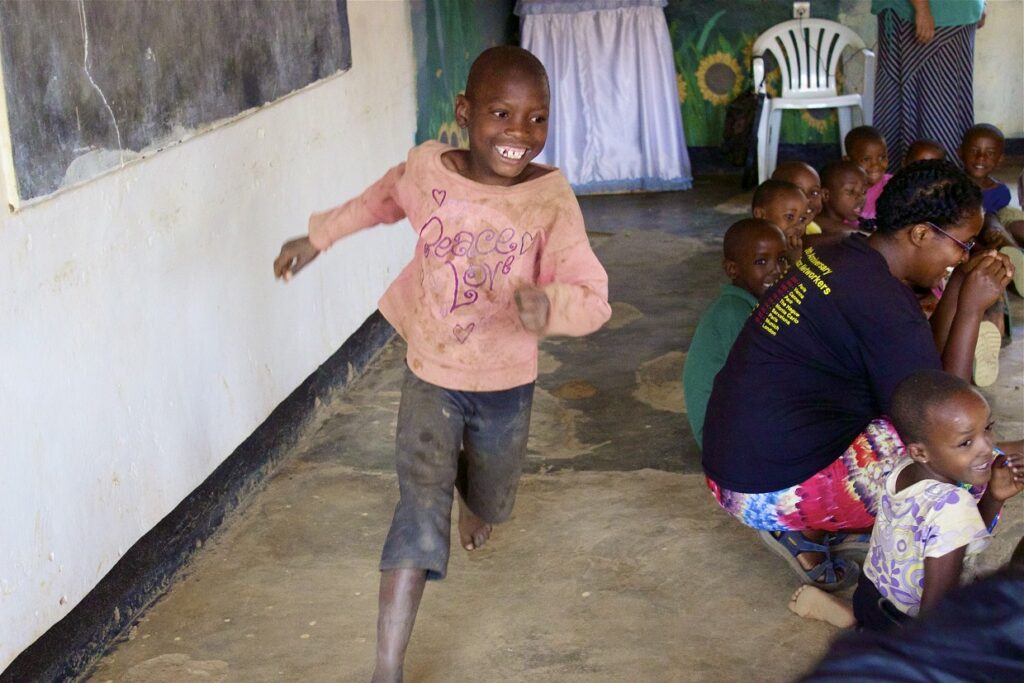
(playing duck-duck-goose with some kids at church)
The final room I entered was a room with hundreds of photographs that were strung up on clotheslines. The photos were donated by the families of people who were murdered in the genocide.Most of the photos were faded and old. The people in each were different; some were grandparents, others were school children.
I walked along the walls, scanning through dozens of pictures at once, when suddenly my eyes stopped on one particular photo.
In the photo stood a young Rwandan couple, no older than thirty. The young man wore baby blue pants and the woman a baby blue blouse. The symmetry made me smile. They stood side by side on a dirt road on a sunny day. They looked so happy.
At the time that picture was taken, the smiley couple could have never predicted how dark their future would become. There was no way for them to know how horrific humanity would treat them.
I don’t know if they were killed within sight of each other, or if they maybe died as heroes. Most likely their deaths were not glamorous or romantic at all. They were probably tortured before being brutally and mercilessly murdered in some unimaginable way.
But in that picture, which is perhaps the last photo they ever took together, their happiness is frozen, secured and preserved forever. In that photo at least, they will always remain a happy young couple that was unaware of the depths to which evil can drag a person.
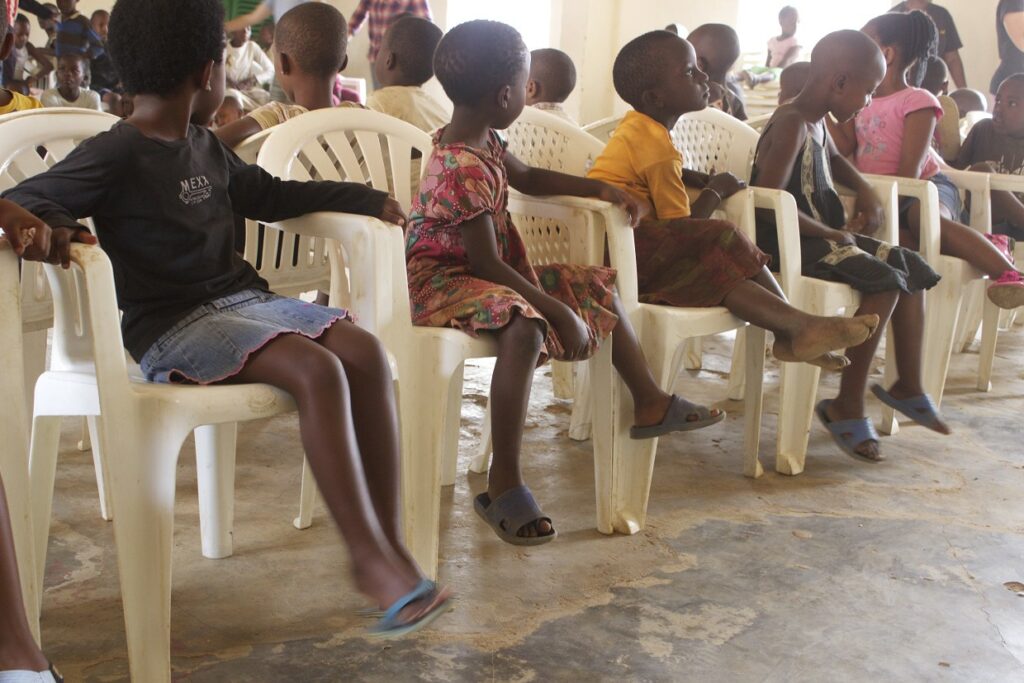
A few rows over from this picture, a white piece of paper was clipped to the clothesline. It simply said, “My parents – whom I love and miss dearly. May you rest in peace with God.” There was no photo attached to the paper, but I’d like to think that whoever wrote that note kept the photo of their parents. Maybe the photo sits on their bedside or is tucked into their wallet. And every now and then they glance over at it and remember, just briefly, the darkness of that time. They hear the screams and remember the intensity of their fear, but they only remember long enough to remind themselves of what happened. And they remind themselves of what happened so that it may never happen again.
They remember just long enough so as to awaken something within them that revolts against injustice and racism, something that refuses to mistreat or oppress people. They remember just long enough to know that sometimes the past is painful and messy and dark. But this realization can help us make sure our futures are restored and brighter and full of hope.
I'm ministering to a post-genocide generation this month, and that's a daunting task. But I'm realizing that those who are all too familiar with the deepest depths of evil and brokenness are also, as a result, familiar with the highest heights of God's hope, mercy, and forgiveness. Despite the darkness one has seen, there is always hope for redemption. Always.
“To forgive and forget means that we should know what actually happened.”
–Nelson Mandela at the Truth and Reconciliation Commission in Johannesburg, South Africa, 1996

